#195: Warfarin, from Cow Disease to Medicine
Warfarin is one of the most successful drugs of all time. Seventy years after it was first synthesized, warfarin is still the most widely prescribed anticoagulant. Warfarin has a unique story. What began as depression-era research into a mysterious disease of cattle ended up producing two life-saving medicines and a rat poison that are still in use today.

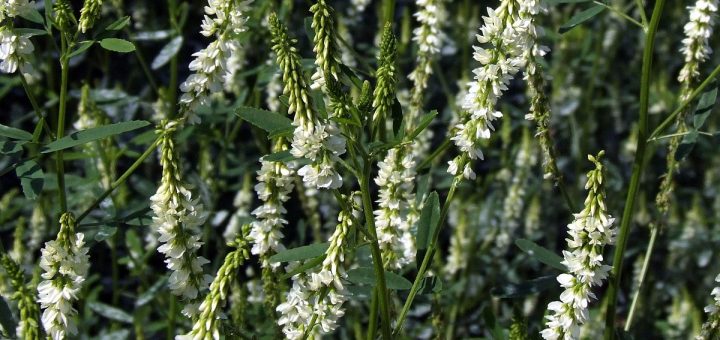
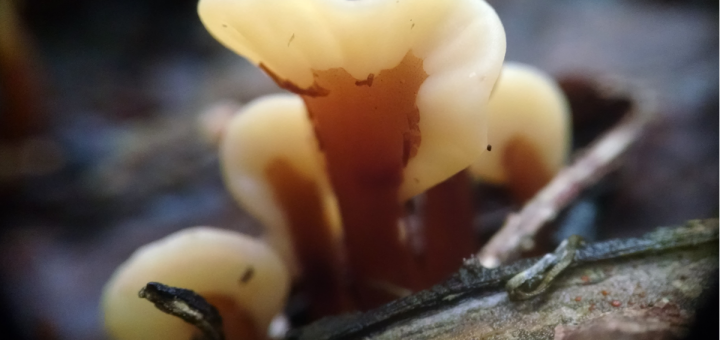
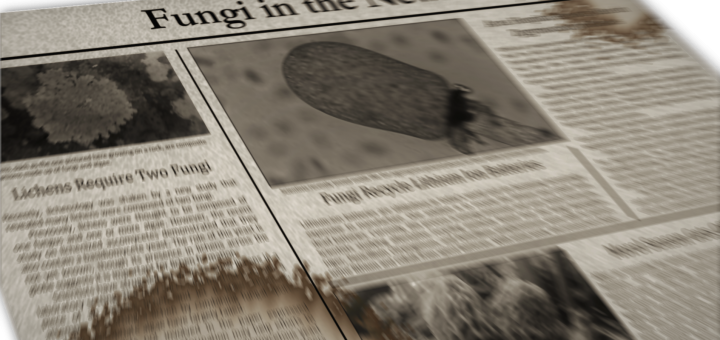
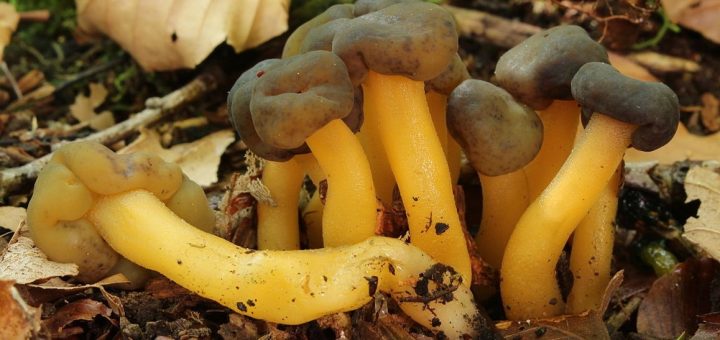
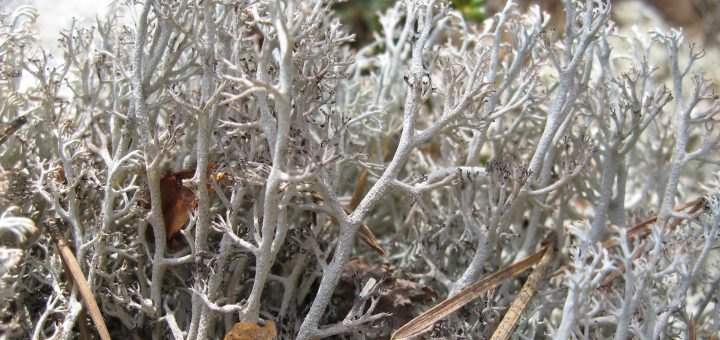
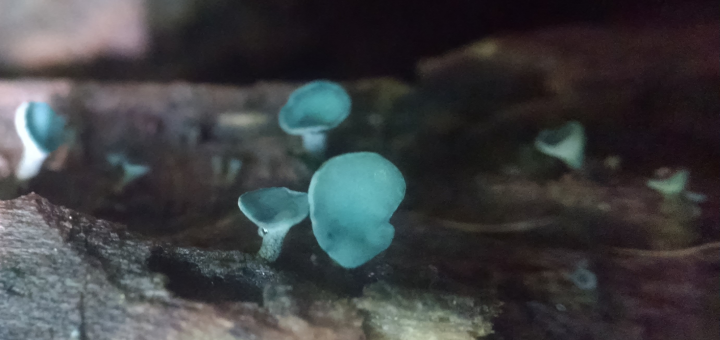
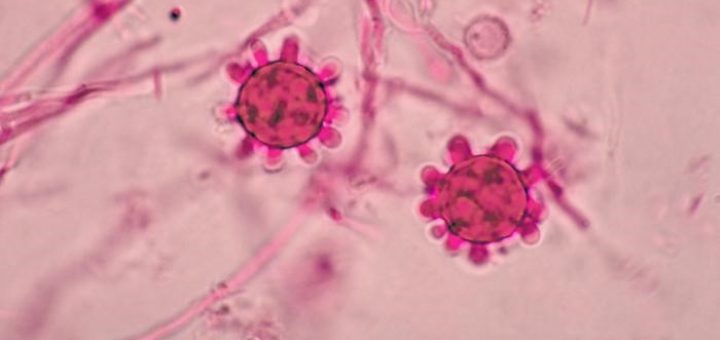
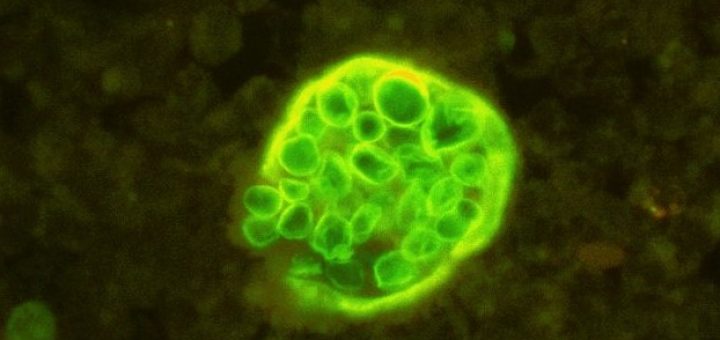





![#011: Characteristics of Kingdom Fungi [Archived]](https://www.fungusfactfriday.com/wp-content/themes/hueman/assets/front/img/thumb-small-empty.png)
